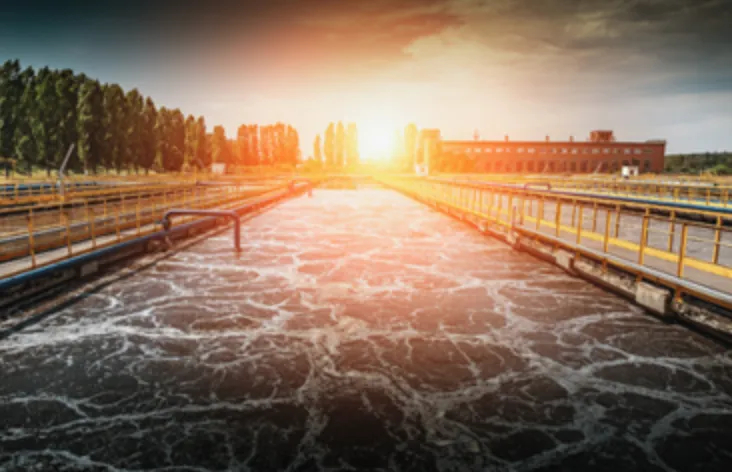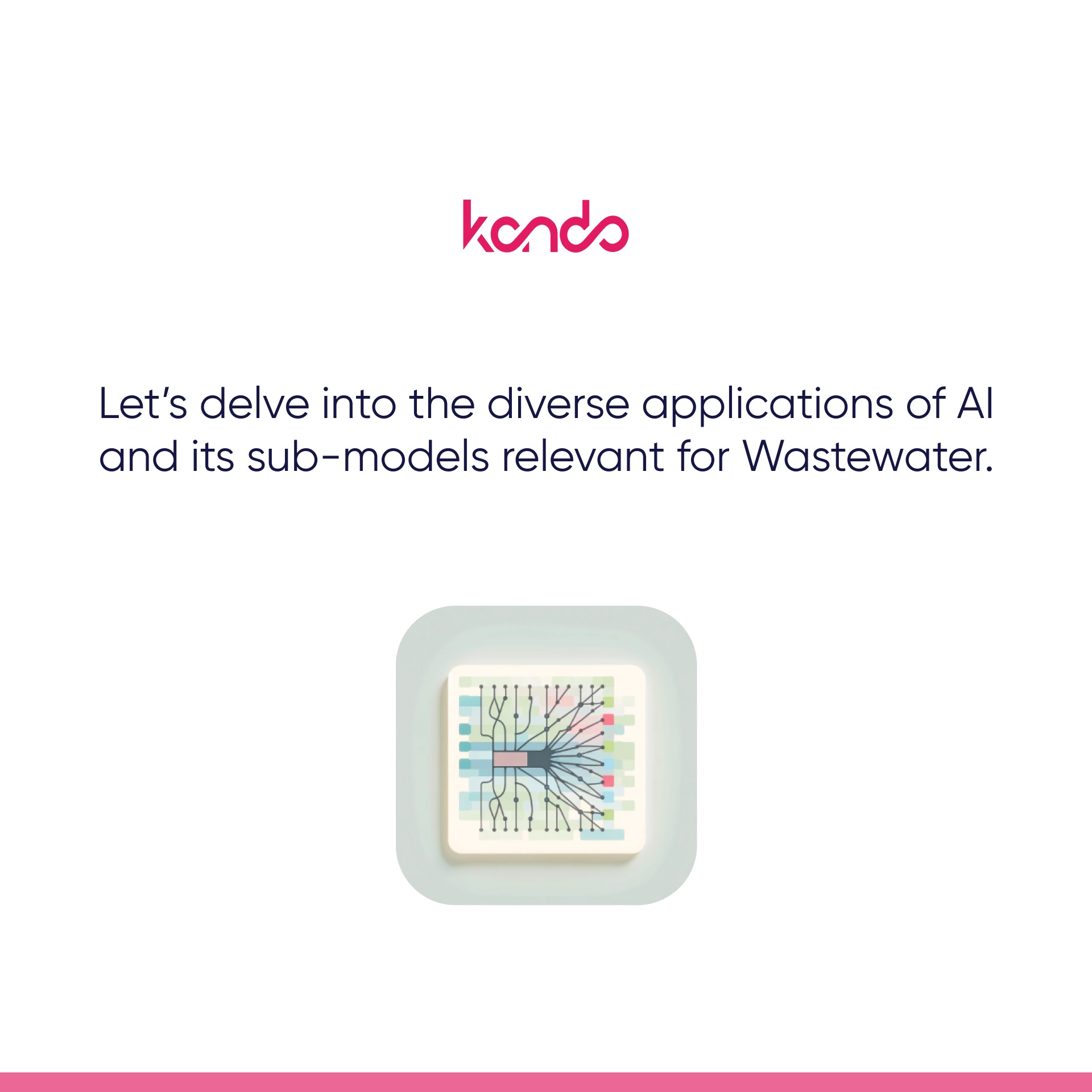Admin
June 18, 2021
SWAN Corner: How Regulators And Innovators Are Working Together To Digitise Wastewater Regulations


*Republished with permission from Water-Online
Advanced technologies have been trickling into wastewater processes for the last decade, but only recently have bodies such as the International Standards Organisation (ISO) added smart systems to their list of standardised practices. Mutually beneficial collaborations with tech startups have played a vital role in bringing standards in line with current technological capabilities, but there’s a long way to go before standards and regulations catch up with the digital avant garde.
If you attended a water/wastewater technology conference in the last few years — especially when they were held ‘in person’ — I’m prepared to bet you overheard someone from this utility or that saying something along the lines of: “Oh, the tech is there, but digital systems are expensive. They’ll never really take off until they’ve been worked into regulations and standards. Until then, they’re a luxury we can’t afford.”
Lack of regulatory pressure is far from the only barrier to digital adoption in the water/wastewater sector, but it’s often cited as a key reason for utilities’ sloth in adopting potentially more efficient digital systems.
If it’s ‘traditional’ approaches regulations demand and described by standardisation bodies as ‘best practice’, why would utilities spend some of their stretched budgets on solutions to problems that they’ve already solved, especially when those additional systems do little to ensure they meet their formal obligations?
As industries, governments, and transnational organisations commit to greater and greater efficiencies and more stringent environmental protection targets, however, the atmosphere is beginning to change. After a decade on the periphery, digital systems are beginning to be integrated into standards as performance targets start to outstrip the capabilities of traditional ‘analogue’ technologies.
‘All’s well that ends well’, I hear you say, ‘Digital solutions have been welcomed into the fold, and we can now enjoy the benefits of their long-promised efficiencies.’
The process of fully integrating digital solutions into accepted water/wastewater standards will be incremental and slow.
The issue stems from the complexity of the sector, the public health and environmental implications of mistakes, and the sheer number of processes and solutions for which standards have to be revised.
There remain dozens of instances where advanced solutions have been developed, and in many cases deployed, only to find their capabilities or modes of operation unaccounted for in industry recognised standards and regulatory practices. It will take time to get around to them all and for regulators and standardisation bodies to grasp the capabilities now available to the market.
In this regard, the explosion of tech startups and array of innovative solutions we’ve seen come to market in recent years can be seen as a contributing factor to the sector’s sluggish adoption of those same solutions. These innovators, however, represent a potential solution to the very problem they create.
As each startup develops their technology, they create another system for consideration by the standardisation bodies. They also create the expertise essential to the smooth integration of the new system into existing structures.
Bringing innovators into the standardisation process fills the knowledge gaps that might otherwise slow it down, accelerating the incorporation of new approaches and capabilities into the list of recognised practices and encouraging their adoption. It also benefits the innovators, making their technologies and techniques available to users aiming to comply with industry demands.
The 2020 update to ISO 5667-10, regarding wastewater sampling, is one such example.
In 2016, the Israeli environmental tech startup, Kando, deployed its innovative, ‘event-triggered’ wastewater sampling system as part of an effluent quality control project with Unity Water (UW) in Brisbane, Australia.
The firm’s technology uses AI-driven data analytics and real-time wastewater quality reporting from inside sewers to determine when pollution events are underway.
When a problem is detected, an automatic sampler is triggered, taking a ‘snapshot sample’ while the event is ongoing. With this ‘ideal’ pollution sample, users can gain clear insight into the types of contamination in their network, improve treatment approaches, and implement effective source control measures.
The solution was installed and performed well within UW’s system, gathering valuable samples and helping the utility improve its treatment and pollution reduction programmes.
Soon after deployment, however, the question arose as to which ISO sampling standard the new system adhered to. Despite performing reliably and profiling pollution events more accurately than extant approaches, ‘event-triggered’ sampling simply fell outside contemporary standards.
Rather than saying, ‘we’re sorry, this isn’t in line with our standards’, however, the ISO recognised the advance, and took the opportunity to work with the team behind it to support the new technology.
During an extensive validation process, the ISO worked closely with Kando’s team and, at an ISO meeting hosted by Association Française de Normalisation (AFNOR) in March 2019, smart, event-triggered sampling was recognised as a new industry standard.
In 2020, ISO 5667-10 was updated to support smart systems for the first time, paving the way for utilities to adopt the enhanced solution while being confident of it complying to regulatory standards around the world.
The move gives a clear indication as to how collaboration between regulators and innovators can see smart technologies integrated into ‘best practice’ standards effectively.
Institutional support is vital if these technological breakthroughs are to be considered normal practice rather than an expensive luxury. By working with those at the forefront of smart systems’ development and integration, the ISO and similar bodies around the world can bring their regulatory standards up to date quickly and effectively, supporting digital adoption, and bringing us closer to the more efficient and cleaner digital future that has so long been promised.
Max Howells is Projects Consultant for Kando (www.kando.eco), an end-to-end solution that creates continuous awareness of events in the collection system.
SWAN, the Smart Water Networks Forum (SWAN), is the leading global hub for the smart water sector. A UK-based non-profit, SWAN brings together leading international water utilities, solution providers, academics, investors, regulators, and other industry experts to accelerate the awareness and adoption of “smart,” data-driven solutions in water and wastewater networks worldwide. Learn more at www.swan-forum.com.
Your wastewater contains the data.
We just need to extract it so that you can optimize your operations.
Contact us and a member of our team will get back to you as soon as possible.



